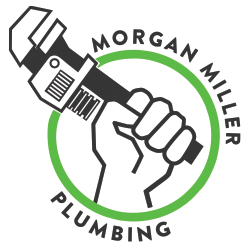If you want to keep your drains clean all year round, here are seven handy drain cleaning tips that may prevent larger plumbing problems down the road…
1. The most important rule is to be careful what goes down a drain, which can be easier said than done. In bathrooms the main culprit is hair. In kitchens this is often food – with the exception of small scraps, no food products should be put down a drain, especially starchy foods or oils which can expand and harden in drains.
2. Along that line, don’t flush any products down a toilet except toilet paper – no hygiene products, paper towels, or wipes, even if they claim to be flushable.
3. Install a screen – a drain grate, screen, or mesh grill can prevent soap scum, food, and hair from ending up in drains in the first place.
4. Be aware of the most common warning signs of a drain backup – weird odors, bubbling, gurgling noises, and slow draining in multiple fixtures in the home (usually starting in the lowest drains).
5. Regularly flush your drain with dish soap and hot water. Try adding 3-4 teaspoons of dish soap into a full sink of hot water using a drain stopper. Now just release the stopper and let water drain. Regularly running hot water can also help keep clogs at bay.
6. If you must risk a DIY fix, try natural solutions like vinegar and baking soda. Chemical-based cleaners can damage pipes more than clear them.
7. Most recommend at least one full drain cleaning by a professional on an annual basis. Just like a doctor, more frequent checkups may be a hassle but will ultimately save you time and money by preventing larger problems from developing in the future.
While these drain cleaning tips should help, you can’t avoid every plumbing emergency. Call 816-765-4843 if you need to set up an appointment, or schedule online with Morgan Miller Plumbing today!

